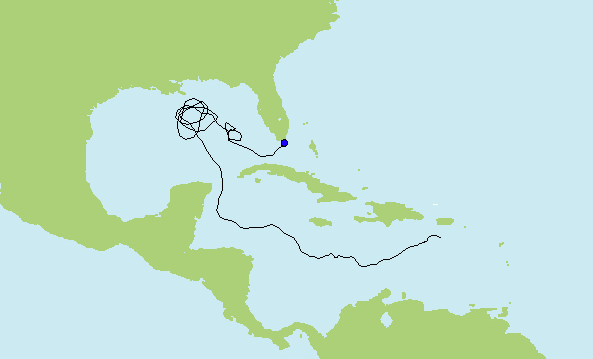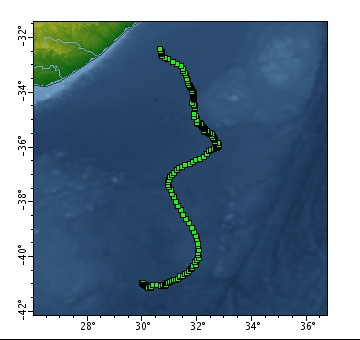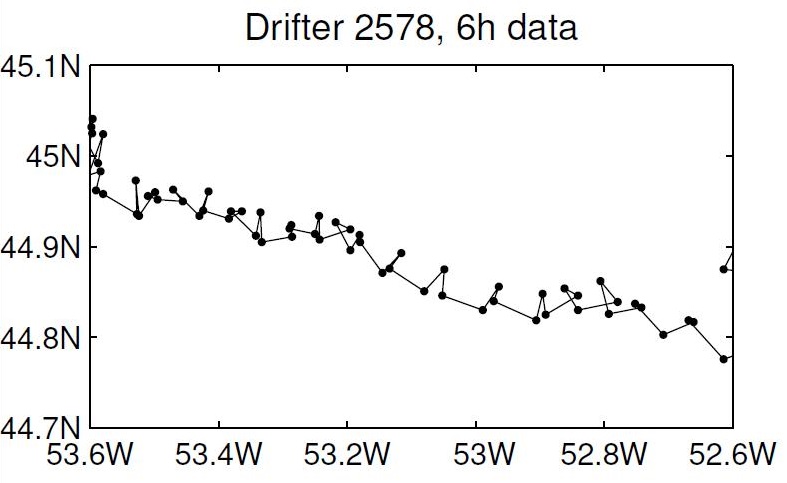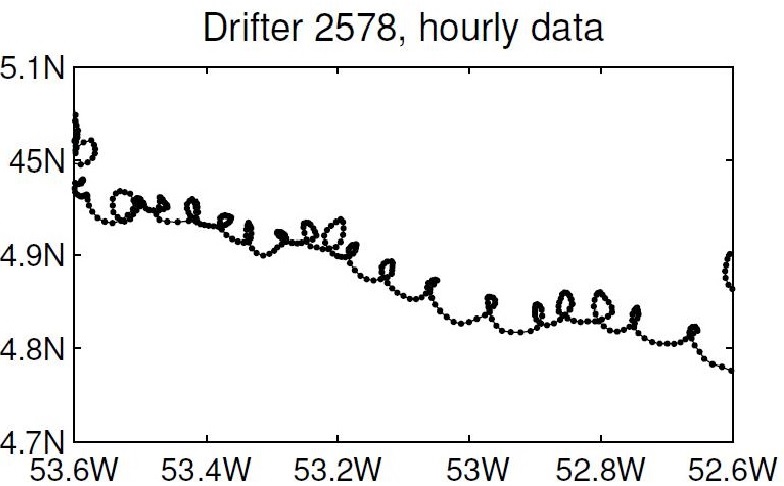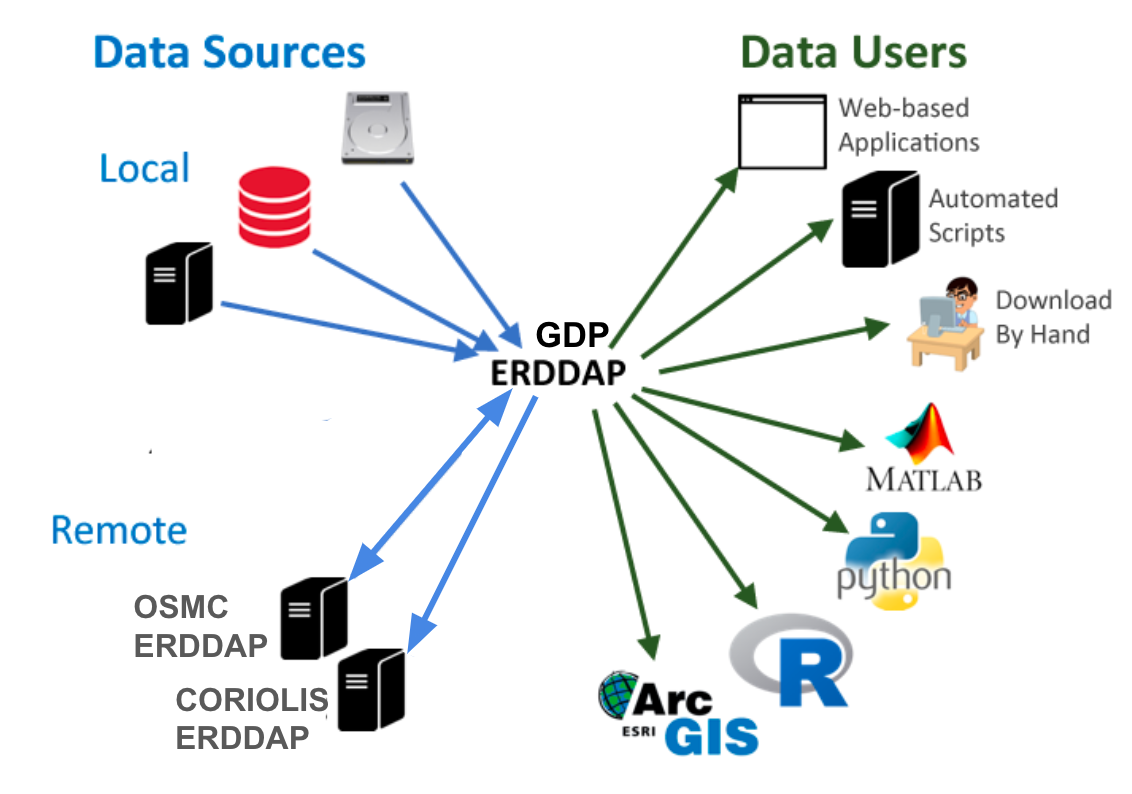Real-Time Drifter Data
Real time drifter data and graphs are distributed on the Global Telecommunication System (GTS) for improved weather and climate forecasting and ocean state estimation. To access real-time drifter data and/or plot trajectories for recently deployed drifters, select the desired option at Real-Time Drifter Data.
